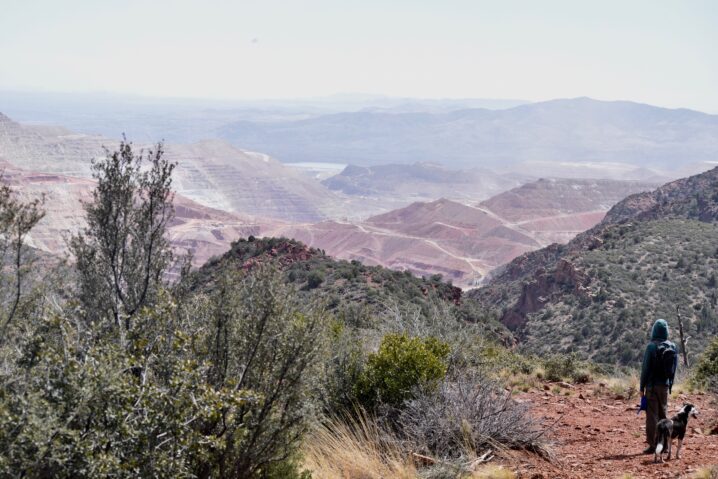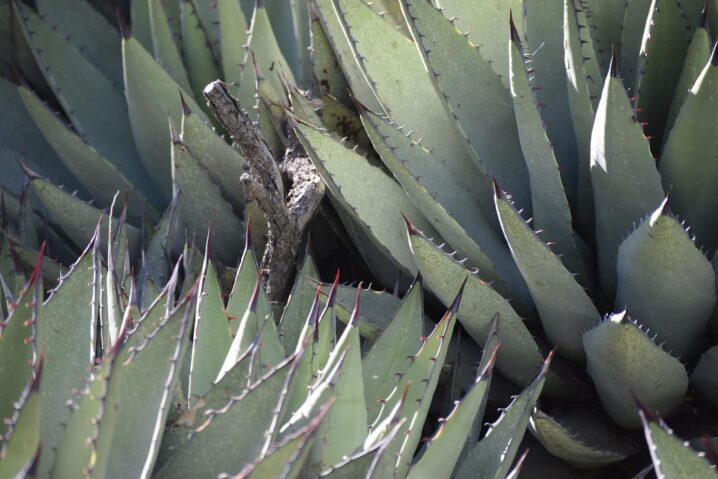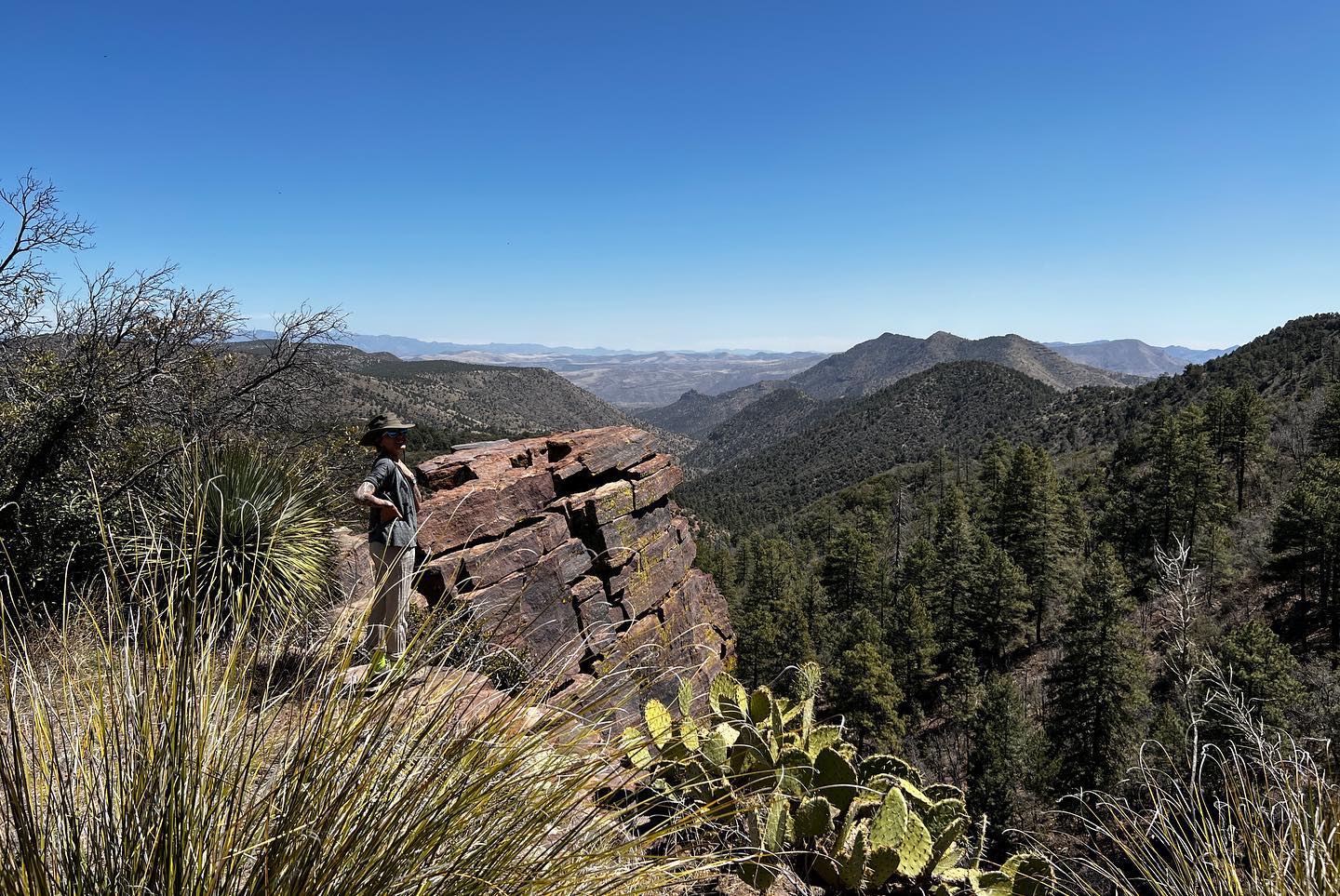My husband and I set out the first weekend in April to explore the southern end of the Apache National Forest in Arizona – just north of Clifton, and about an hour and a half Northwest of Safford. The week prior, I had been on a trip to the area for my new role with WildEarth Guardians as the new Greater Gila Arizona Advocate. I realized I had neglected to really take in the beauty of the place during my trip. I had overloaded myself with meetings – getting the perspectives of ranchers, watching the set up for a controlled burn with the Forest Service, understanding the history of conservation and management from the perspective of locals. I love my job for this reason; these relationships and insights are invaluable. And….so is spending time connecting with the landscape. In fact, it’s certainly just as important as meetings with decision makers and conversations about policy and the past and the future. So! We returned with our dog, prepared to spend three nights outside, tuning in to the trees and the rocks and the sky.

Photo: E. Prather, WildEarth Guardians
This place isn’t the next Yellowstone, despite its meadows and wolves. Or the next Arches, despite its canyons and strange red dirt. It’s remote. With virtually no infrastructure for tourists, it can offer a hostile climate, and it’s bordered by the largest open pit copper mine in North America.
Many Arizonans I speak to either respond that they have never made it this way because they don’t really know what’s out there. Or, they respond that they have been moved by the grandeur, the silence, the roadless areas – appreciative of the subtle curve of the Mogollon rim as it reaches the Blue Range. While exploring we met four hikers from all over the country who had come here just to hike the Grand Enchantment Trail – an epic 770 mile through hike that stretches from the Superstition Mountains of Arizona nearly to Albuquerque, New Mexico. All of the hikers told us about routes being shifted to accommodate the expanding mine, their support for protections of this place, and how special it was compared to their landscapes in New Jersey and Washington state.

Photo: E. Prather, WildEarth Guardians
It’s a place where you have to see the mined scalp of a mountain behind the crest of unbroken pinyon-juniper forest. It’s a place where you experience vulnerability that isn’t necessarily pleasant. It’s a place where we have to ask ourselves what the true price of our Teslas and wiring and computers really are. It’s a place where you meet miners on their week off at the only breakfast joint in town, no option but to mingle, to empathize, to have some discomfort with your hashbrowns and toast.
And perhaps that is the greatest value? The questions curled up in the agave, offering themselves up to the unforgiving sun. The mirroring of a mine and a wilderness too big to photograph or describe, sisters, land, “resource” soil. A geode dazzles the top of a cairn pile. Mount Graham shyly peeks between the shoulders of the San Carlos Apache lands. A spring emerges under a 200 year old sycamore. Manzanita bells ring blossomy pink on a red waxy arm.
It is here we confront our innermost desires to control and contrast and dissociate. One side is Earth, the other – Moon.

Photo: E. Prather, WildEarth Guardians